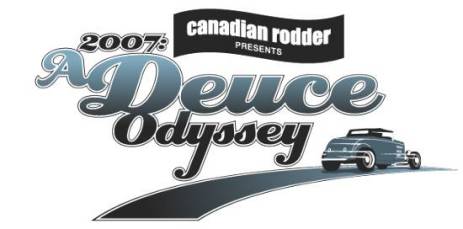by Frank Colgoni
Making Introductions
Before we get down to the nitty gritty, it’s
appropriate to introduce you to a key partner in this
project. Specifically, Dream
Machines Ltd. and it’s proprietor
John Edwards.
Dream Machines, established in 2003, is a north-east
Toronto specialty shop skilled in all aspects of fabrication,
modification, complete build-ups and innovative solutions.
Dream Machines will be a strategic partner and John
will be personally involved in our project.
Step One: A Level Playing Field
More than a just a figure of speech, building frames
that are “true” requires being able to
continually reference a constant that is also true
– not so much that the constant is level but
that it allows for consistent measurements vertically
and horizontally.
While it is possible to build a frame from scratch
using a simple support structure, a frame table and
custom fixture will produce superior results in a
lot less time and is ,of course, necessary for production
work. Further, when the main frame structure is attached
to a fixture for fitment of crossmembers and centre
section components, the table and fixture will prevent
“movement” caused by heating and cooling
of the metal.
Obviously, the home builder will typically not have
access to a frame table and fixture so much more attention
will have to be paid to the maintenance of critical
measurements and squareness when either tieing rails
together or when modifying existing frames.
For our frame, Dream Machines utilized an in-house
built frame table as the constant.
|



